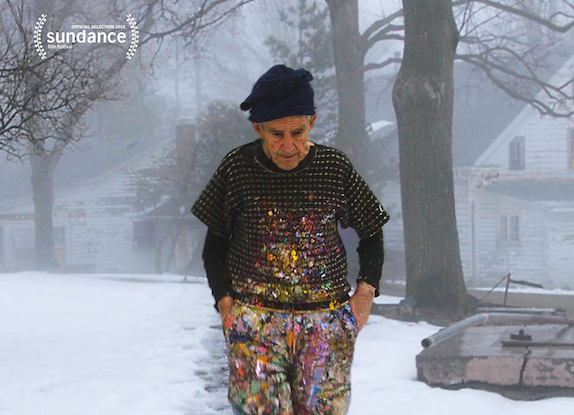
Contemporary art is a contentious topic, primarily when the question of price is raised. It is often hard to imagine that the money being spent on pictures is an actual representation of a consensus on what art is deemed valuable and what art is not. The movie The Price of Everything (2018), directed by Nathaniel Kahn, addresses buyers, sellers and artists in the contemporary art market. The movie’s title stems from the prominent art collector Stefan Edlis, who said that “There are people that know the price of everything but the value of nothing.” Stefan believes that the art he collects is meaningful and worth its market price, unlike collectors like the Mugrabi family, who went unmentioned in the movie but have gained prominence with their collection of over a thousand Warhols and their monopolistic mentality of being so-called ‘market makers.’
The origins of the prices that paintings now fetch can be traced to the early 1900s and are tied to Joseph Duveen, a man coveted as the most significant art dealer of all time, who, believing American industrial titans needed art, culture and a way to spend their money, began personally outbidding old master paintings by hundreds of thousands of dollars at auctions to raise their social status. He enticed his clients to compete with each other to cultivate an expensive art collection that could one day immortalize their names in the world of art.
By the late 1900s, the old masters that seemed endless suddenly became finite, and the art market needed new art and artists to entice spending and, more bluntly, keep art a valuable asset.
The movie follows the evasive Larry Poons and the highest-selling living artist of all time, Jeff Koons. The two artists offer diametrically opposing views of the exploitative art market that demands homogeneity. Poons entered the scene with minimalist monochromatic paintings adorned with dots and shapes floating in an ocean of color. Larry, aging and hobbling through the foggy woods of his upstate New York studio, reminisces on the detrimental expectations of him to continue painting in that same style that he initially exhibited. Rejecting monetary gain to emphasize the integrity of his artwork and wanting to explore the gamut of his ability, Larry surreptitiously vanished from the art scene. His choice to explore different styles led to the abeyance of his name.
In contrast, Koons can be regarded as a conforming, evidently commercial artist; his reflective balloon sculptures appear in various spaces, ranging from lobbies to private collections. Koons brings in money from completed works and through the pre-order of future works. He blurs the line between art as a commercial entity and art as an intrinsically beautiful and necessary existence.
Artist Njideka Akunyili Crosby, who appears in the movie, watches her artwork, which she once sold for under $100,000, sell for close to a million dollars at an auction at Sothebys. The camera zooms in on her face, and the interviewer asks, “doesn’t the price pressure affect your output?” With a smile, Crosby retaliates by claiming that her artwork is an expression of herself, and whether it sells or not is a market decision; the work should not derive meaning from its price but from its intrinsic value.
The price of contemporary artworks is contingent on several factors, including resale and speculation, which can harm the artist and create unrealistic expectations. The secondary market drives prices up and allows billionaires to write off their expenses on art. Many artworks sit in tax-free ports and never see the light of day. The reality of the art dealership world falls upon the fact that artists have become brand names and their works capitalistically objectified.
The movie asks the watcher whether art has intrinsic value or merely derives significance from the monetary figure assigned to its brush strokes. Can the price and artist’s name be separated from the work? Often, wanderers of museums will gravitate towards works of the great artists of our time, yet they may find another lesser-known artist more interesting. It is hard to blame capitalism and the art market for current prices, as patronage and price have been entrenched in art-making since its inception.
















